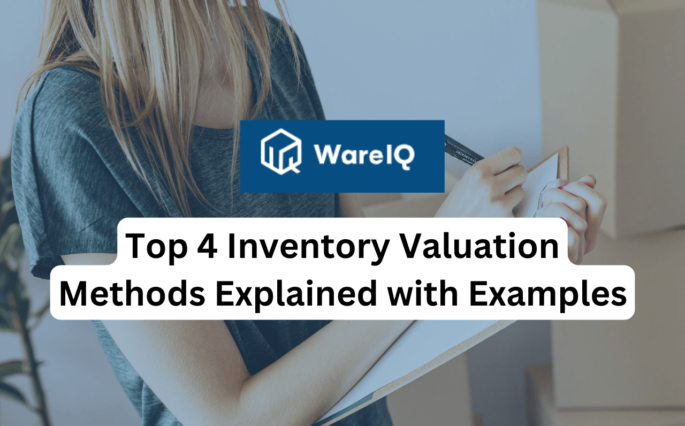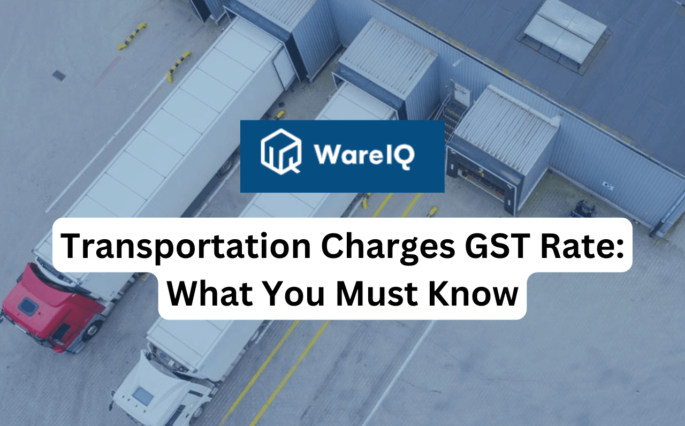Backorders vs Out of Stock: Key Differences


Backorders is generated when an order cannot be executed at the time of purchase because the item is not in the seller’s current inventory. However, the item is still in production or is accessible through the distributor. A backorder, often known as a backlog, indicates that demand for a certain product outnumbers what the seller produced or ordered. If you are unable to fulfil the order, the customer may be more angry than if you just indicated that the item was out of stock. Financial and logistical divisions may also struggle with backorder management.
- Factors Affecting Backorder Fulfillment
- Impact of Forecasting Errors on Stock Shortfall
- Managing Unforeseen Demand Spikes and Backorders
- Supplier and Manufacturer Factors Leading to Backorders
- Challenges in Warehouse Management and Backorders
- Human Errors and Backorder Recording
- Complex Supply Chains and Backorder Delays
- Efficient Management of Backorders Through Automation
- Streamlining Fulfilment for Backordered Products
- Marketplace Regulations and Backorder Constraints
- Importance of Backordering
- Backorder vs. Out of Stock
- Conclusion
Factors Affecting Backorder Fulfillment
Impact of Forecasting Errors on Stock Shortfall
If forecasting mistakes occur, the danger of a stock shortfall increases. Due to forecasting errors, the firm would be unprepared for an additional order.
Managing Unforeseen Demand Spikes and Backorders
This is an example of an unusually high demand for which the company is unprepared. This type of circumstance is most noticeable around holidays when people often go shopping. Bad weather conditions may cause power outages, increasing the demand for power generators. Backorders occur as a result of unexpected purchases and demand.
Supplier and Manufacturer Factors Leading to Backorders
Any problems encountered by the supplier or the manufacturer may result in a decline in product supply. This results in backorders.
Challenges in Warehouse Management and Backorders
Daily multiple warehouse management is a time-consuming operation that involves various steps. Any fault or inaccuracy in the warehouse management section might result in erroneous reporting and data input errors.
Human Errors and Backorder Recording
A staff member’s mistake of recording an order as a backorder even when the product is in stock is an example of human error.
Complex Supply Chains and Backorder Delays
The longer and more complicated the supply chain for a backordered item, the longer it will take to obtain enough to fulfil demand, and the more probable it will be out of stock before backorders are satisfied.
Efficient Management of Backorders Through Automation
Backorders necessitate additional processes and exclusions. Companies that employ 3PL providers or have automated order management and exception handling may manage reorders and fulfilment more swiftly and efficiently.
Streamlining Fulfilment for Backordered Products
Cutting unnecessary processes and dropshipping backordered products directly from the manufacturer or distributor, if possible, speeds up fulfilment.
Marketplace Regulations and Backorder Constraints
Retailers selling on Amazon, eBay, or another marketplace may opt not to accept backorders due to selling restrictions, such as rigours fulfilment time requirements; in general, the restock date must be within 30 days after the sale.
Importance of Backordering
Backorders may not sound nice to customers, but they imply business to businesses. This also provides them with information on the product’s demand and popularity. However, when demand surges, businesses must walk a narrow line between having adequate inventory and overstocking.
- Backorder Advantage: This is most likely the most significant advantage of back-ordering. Based on the definition of a backorder, we know that you have kept your customer base even though the order hasn’t been sent. We may explain this by supposing that a retailer informs his consumers that the relevant product is out of stock and that he no longer sells it. This might lead to the growth of the competitor’s business.
- Streamlined Custom Requests: Custom requests are simple to satisfy because back ordering just forwards the customer’s order along to your supplier. For example, Harley-Davidson offers its clients in the United Kingdom the option of customising their bikes. The company has transformed a practical business choice into an enticing selling factor for its clients by employing back ordering instead of a standing inventory.
- Overstock Prevention and Cost Efficiency: Backordering alleviates the problem of overstocking items, lowering warehousing expenses. It allows shops that are just getting started to spend less money on initial inventory. It also frees up cash that would otherwise be locked up in shares and holding charges. Tesla, for example, likes to store less inventory and create on demand, minimising the amount of money and risk associated with excess inventory storage.
- Reduced Inventory Risk and Freshness: Backordering saves wasted inventory since items have less time to become damaged or outdated due to the speedier turnaround. For example, if you sell air conditioners, you will see an increase in demand every summer. However, as winter arrives, demand plummets. You don’t want to be stuck with unsold units during the winter since they might be destroyed by the elements or outperformed by newer ones next summer. Backordering allows you to satisfy summer demand with less risk.
- Strategic Backordering: Back ordering is used as a marketing gimmick by some technology-intensive enterprises to boost the perceived worth of the product in the eyes of the consumer. For example, the Samsung Galaxy S10 5G, one of the first phones to enable 5G, is already on backorder in the UK. The significant number of backorders suggests that the tactic is effective in increasing customers’ interest and willingness to buy.
Backorder vs. Out of Stock
When you label a product as Out of Stock, it indicates that clients can no longer place an order for the goods, at least until it becomes available again. This is distinct from back ordering, which permits you to accept orders even if the product or commodity is unavailable.
| Out of Stock | Backorder |
| When you label things in your online store as out of stock, you turn away buyers who may never return. Setting up a back ordering system helps you to stay in touch with your consumers. | Make sure you have mechanisms in place to handle backorders before offering them. Ensure that your backordered clients are positioned at the front of the queue when items are restocked. |
| If you’re wondering what to do if a product is out of stock or if the product will be out of stock until the next replenishment, there’s a solution: backorders. | You may keep your things on backorder and allow your clients to continue shopping. |
| Customers cannot make an order for a product that is labelled “out of stock” on your website. | Customers can order backorders, but they cannot order out-of-stock products. |
| Items that are out of stock are not guaranteed to be restocked. | Backorders are guaranteed to be replenished and delivered at a later date. |
| The period an item is out of stock is indeterminate and subject to change without notice. | Backordered goods have an approximate time range for when they will be available for purchase again. |
| There is no method to keep track of when an item is restocked. | Backorders may be tracked and monitored so that you are always informed of their progress. This helps you to better manage consumer expectations and keep them updated on the status of their orders. |
Conclusion
A backorder, often known as a backlog, indicates that demand for a certain product outnumbers what the seller produced or ordered. The longer and more complicated the supply chain for a backordered item, the longer it will take to obtain enough to fulfil demand, and the more probable it will be out of stock before backorders are satisfied.
We may explain this by supposing that a retailer informs his consumers that the relevant product is out of stock and that he no longer sells it. When you label a product as Out of Stock, it indicates that clients can no longer place an order for the goods, at least until it becomes available again. When you label things in your online store as out of stock, you turn away buyers who may never return.








